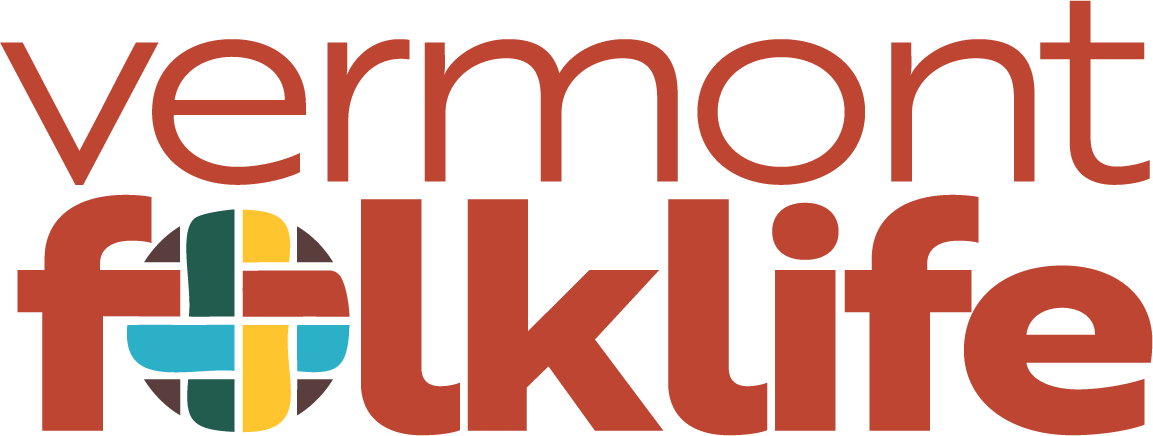Bob Klein
First director, Nature Conservancy, Vermont Chapter
Whatever energy sources we utilize in Vermont inevitably will have cultural and environmental consequences. Whether we like it or not, with energy development there’s no free lunch. There have always been trade-offs. Having discovered that the environmental cost of burning fossil fuel is unacceptable, we’ll transition to other energy sources, and make new trade-offs over the decades to come.
Meeting “the next level of environmental and energy challenges” should involve confronting these trade-offs consciously. There’s room to decide what impacts we’re willing to accept. We can weigh the consequences of certain energy choices against things we value–local control, scenery and open space, prime ag soils, natural areas, and recreational access to land, for example. Some energy choices could even have an impact on Vermont’s rural character itself.
We may be facing a climate emergency, but this need not lead to a suspension of the rules. We do not have to leave the adoption and siting of alternative energy sources to chance. Like other kinds of development, state, regional, and local planning can steer renewable energy installations away from other things that we value. Geographic Information Systems and resource mapping tools have never been more widely available. We just need to use these tools, together with an enabling policy framework, to meet the challenges before us.
Bob Klein on the boardwalk at the Burlington Waterfront Park in Burlington, VT. Photo by Dorothy Weicker.

